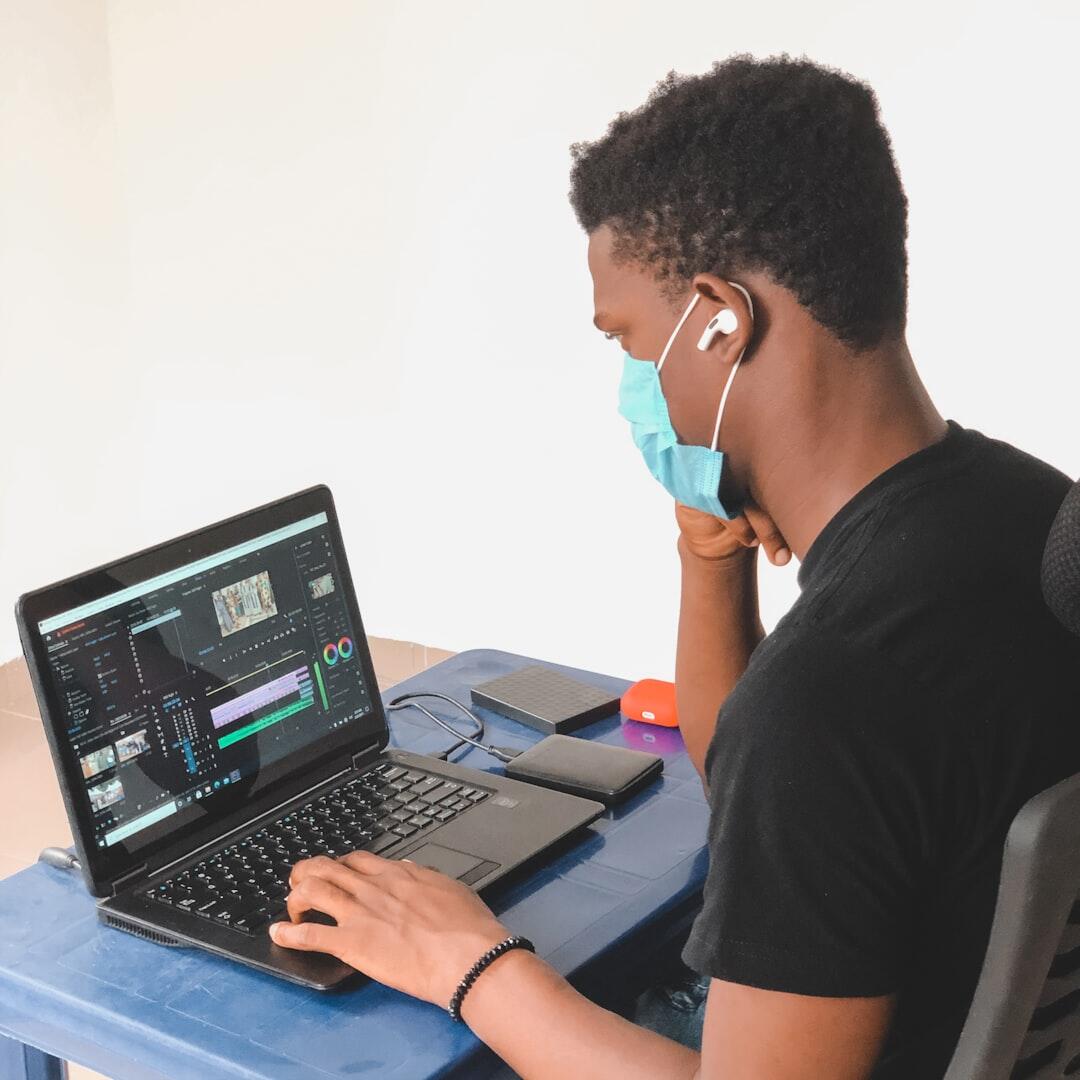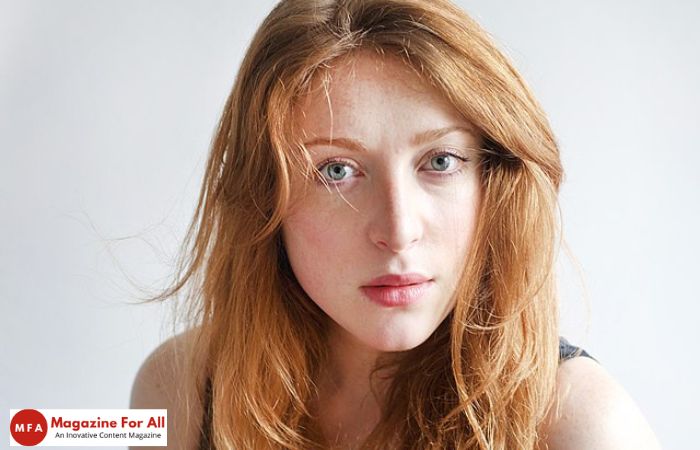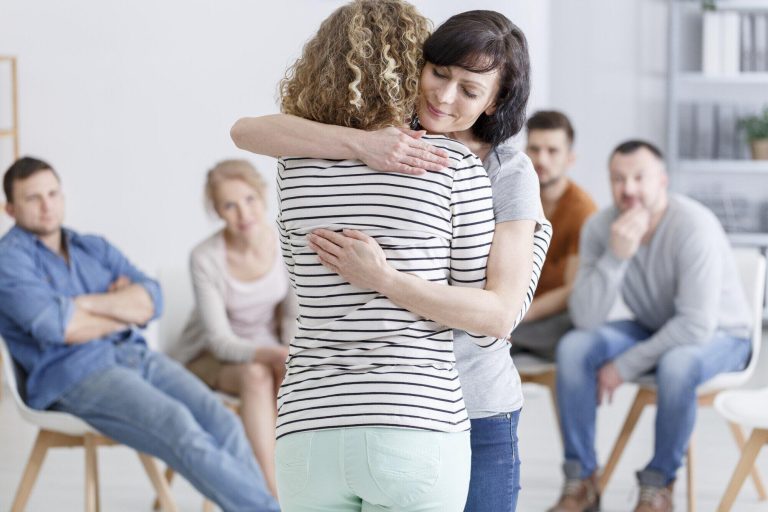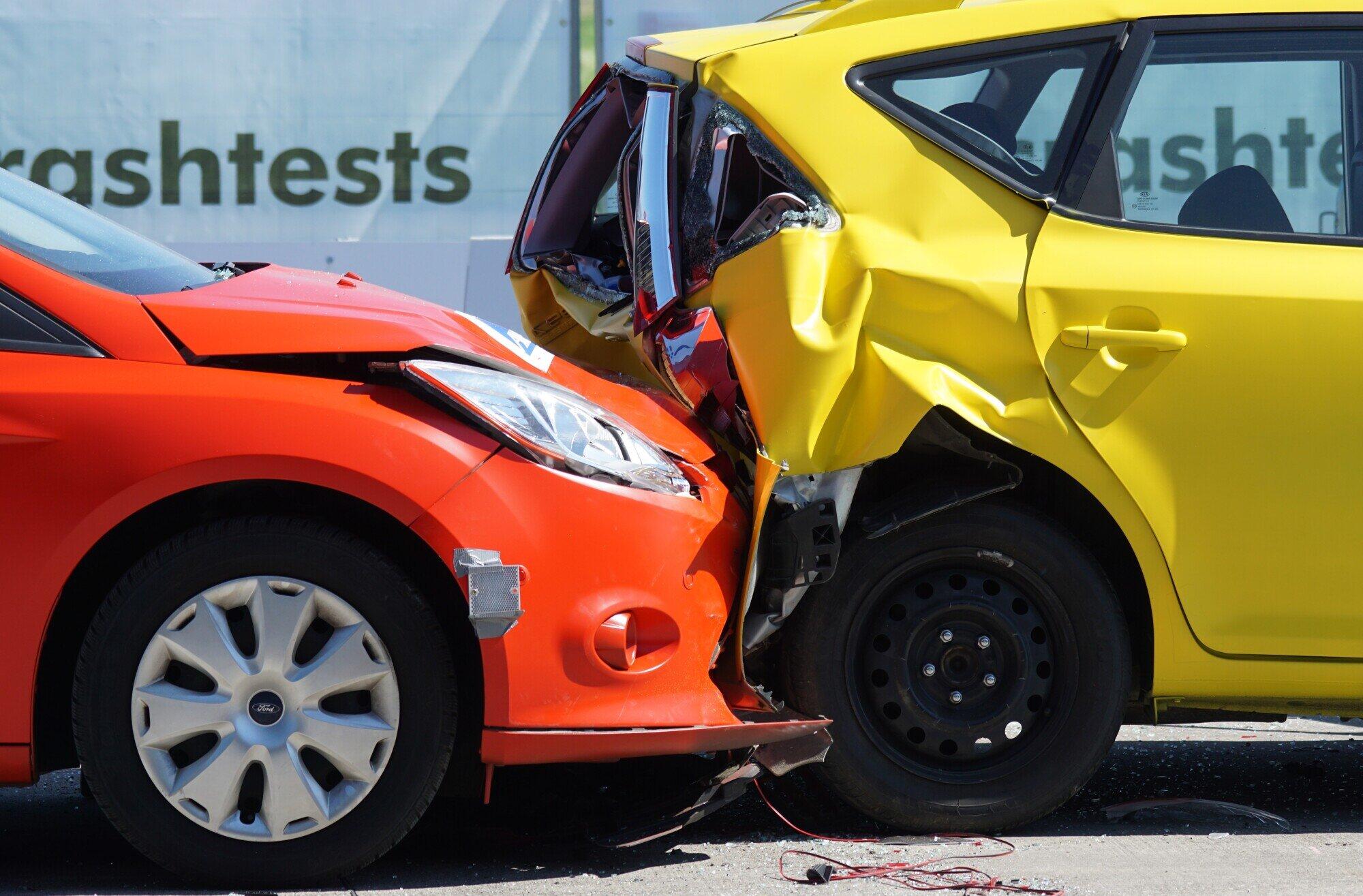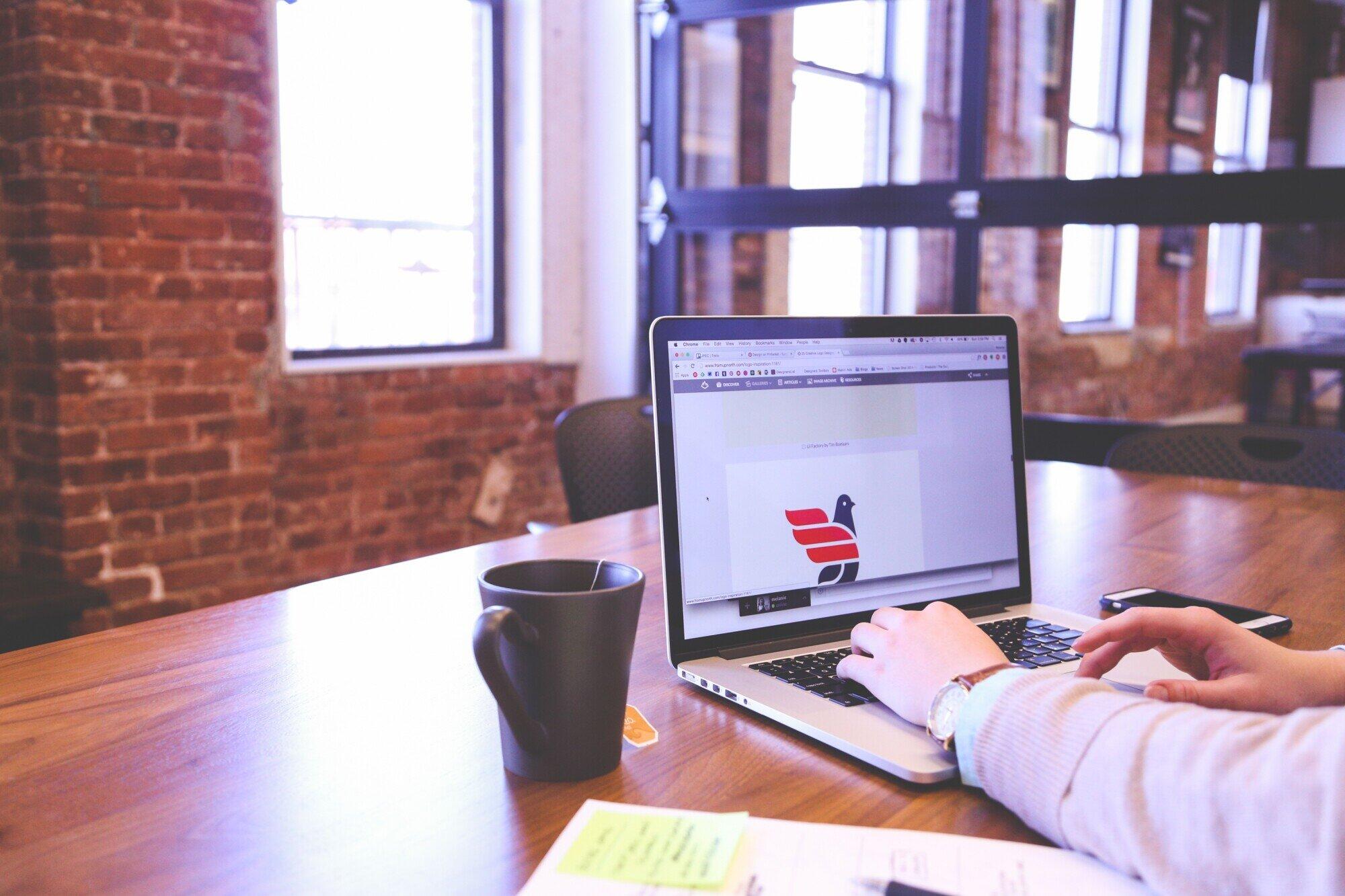Have you ever wondered how a single mistake in lab cleanliness could ruin weeks of hard work? Every experiment relies on tools and equipment that must be free of harmful microbes.
Without proper sterilization, contamination can spread quickly and make results unreliable. Safety in laboratories is not only about wearing protective gear but also about maintaining sterile conditions.
Clean tools protect both experiments and people. Every lab, big or small, depends on good sterilization practices.
This blog will show which methods keep labs safe and experiments successful. Read on!
Table of Contents
Heat Sterilization
One of the oldest and most reliable ways that labs clean things is by heating them. It heats things up very high to kill different types of germs like bacteria, fungi, and viruses.
Ovens are often used for dry heat sterilization, while steam under pressure is used for moist heat. Most of the time, labs use autoclaves to sterilize things with moist heat. This method works well, is quick, and can be used with most lab tools that can handle heat.
Chemical Sterilization in the Laboratory
Chemicals are often used when methods that use heat can’t be used. Some of these are alcohol, formaldehyde, and solutions based on chlorine.
Chemical sterilization works well for fragile tools that heat could damage. It cleans surfaces, tools, and some liquids very well. But taking the right safety precautions when working with chemicals is important to keep lab staff safe.
Filtration as a Gentle Sterilization Method
With filtration, gases and liquids can be made germ-free without using heat or chemicals. Things are put through very fine filters in this method to make it work.
The filters catch bacteria, fungi, and other things that you don’t want. Filtration is often used to clean enzymes, culture media, or antibiotic solutions. Its gentle method helps protect sensitive materials while keeping them safe.
Radiation Sterilization for Precise Results
Radiation is another good way to sterilize lab equipment. Ultraviolet (UV) light is often used to clean the air and surfaces.
Gamma rays, on the other hand, can sterilize packaged equipment because they go deeper. Radiation sterilization works well, but people who use it must follow safety rules to keep themselves from getting too close to it.
Gas Sterilization for Delicate Instruments
Gas sterilization uses gases like ethylene oxide to kill microorganisms. It is especially effective for equipment that cannot withstand heat or moisture. This method can sterilize plastics, electronics, and other delicate tools.
Because of its ability to reach into small crevices, gas sterilization ensures complete safety. However, proper ventilation and monitoring are necessary since some gases are toxic.
Using Autoclaves and Sterilizers for Maximum Protection
Autoclaves are among the most trusted tools for lab sterilization. They use high-pressure steam to destroy all microorganisms effectively.
The process ensures that even the toughest spores are eliminated. Autoclaves and Sterilizers for Healthcare are also widely used, showing their reliability across different settings. Their consistent performance makes them an essential piece of equipment in any laboratory.
Enhancing Laboratory Safety Through Appropriate Sterilization Procedures
More than just wearing safety gear and being careful with chemicals is needed to keep a lab safe. Sterilization methods that work lower the risk of contamination, keep workers safe, and guarantee accurate results. It is important to keep the environment clean in many ways, such as through heat, chemicals, and radiation.
Every day, lab work is safer and more efficient when the right method is used for each material. Labs can work with confidence and dependability if they follow the right steps for sterilization.
Did you like this guide? Great! Please browse our website for more!




